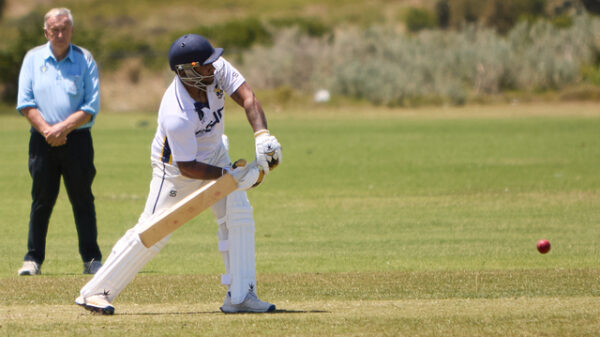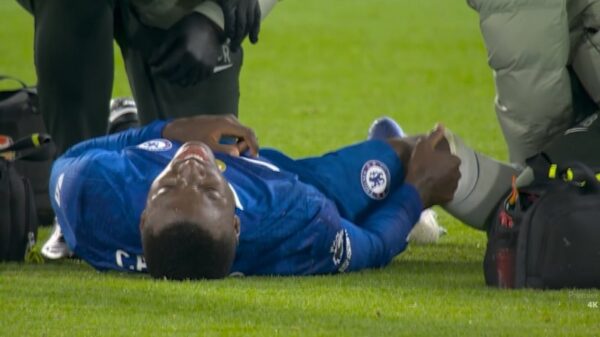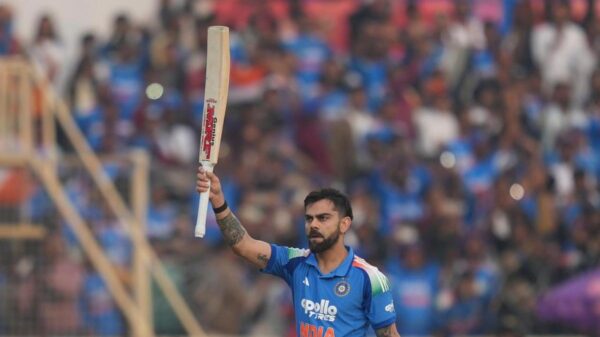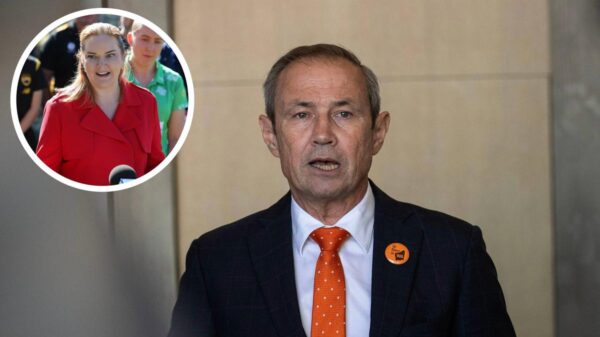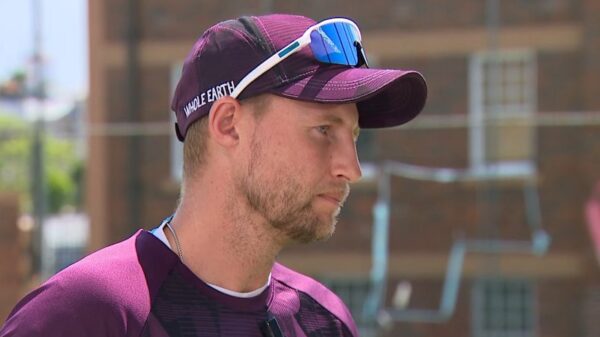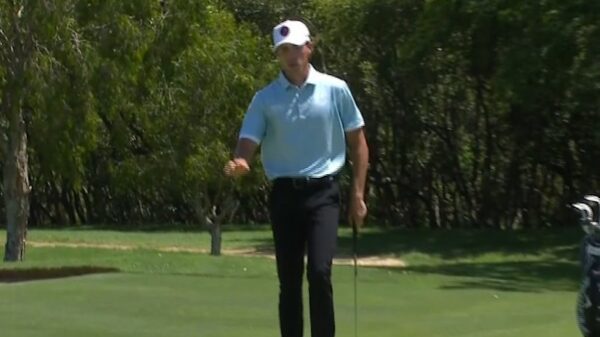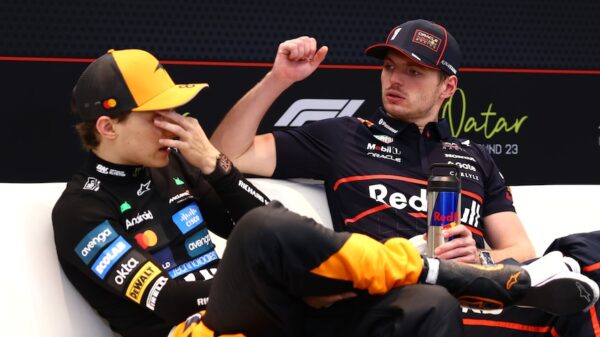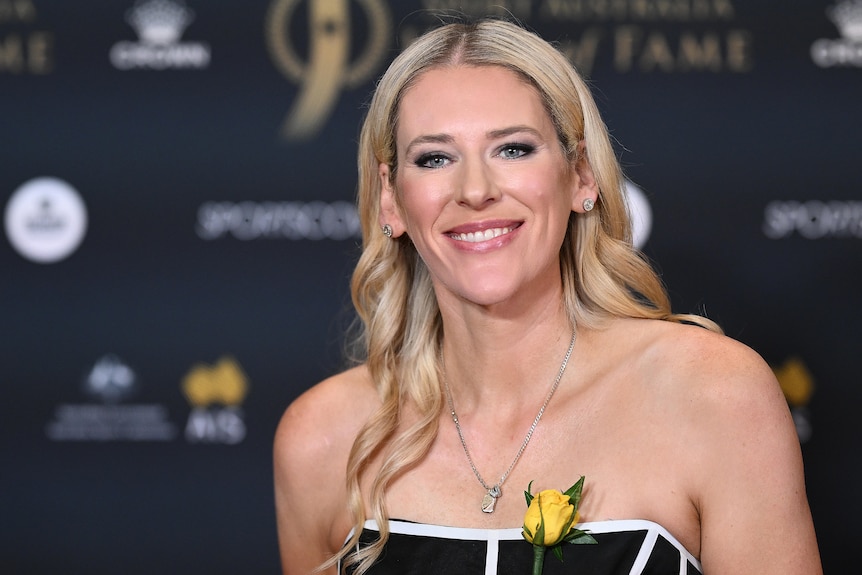The world of elite sports often witnesses athletes stepping back into competition after retirement, driven by various motivations such as financial incentives, personal ambition, or the desire to reclaim relevance. Recently, tennis legend Serena Williams has sparked speculation about a potential return to the US Open, joining her sister Venus Williams. Similarly, basketball icon Lauren Jackson made a remarkable comeback after initially retiring due to injury, demonstrating the personal and professional challenges that accompany such decisions.
For some athletes, this transition is not merely about competing again; it involves an arduous journey back to peak fitness. Jackson’s path was particularly challenging, as she had to overcome significant physical obstacles to re-enter elite competition. After her initial retirement in 2016, she returned to the gym with the simple goal of losing weight gained during the COVID-19 pandemic. “My whole goal was to lose weight gained during COVID, so I got back into the gym and it evolved from there,” she explained, noting that her ambitions unexpectedly expanded.
The Rigorous Demands of a Comeback
Returning to top-level competition demands not only physical fitness but also mental resilience. Athletes face intense training regimens, public scrutiny, and immense pressure to perform. Jackson, for instance, described her body being “in shock” as she adjusted to the rigors of high-level competition again. The emotional toll is also significant; she often grappled with guilt regarding her time away from her family during training.
In a similar vein, boxer Manny Pacquiao recently announced his return to the ring nearly four years after his last fight. At the age of 46, he faced Mario Barrios, a much younger opponent, in a match for the WBC welterweight championship. The bout, held last month in Las Vegas, ended in a majority draw, allowing Barrios to retain his title. Pacquiao’s return followed his retirement in 2021, during which he campaigned for the presidency in the Philippines.
Jackson’s return to basketball culminated in her playing for the Women’s National Basketball League and representing the Opals. The physical demands of her comeback were substantial; she trained rigorously, often working out three times a day. Yet, the emotional struggle of balancing motherhood with her professional aspirations weighed heavily on her. “I was worried all the time about my kids, about my parents, about how changing schools would affect them,” she shared.
Life After Retirement: A New Chapter
After achieving a bronze medal at the 2022 Paris Olympics, Jackson chose to retire from elite sports once more, citing the psychological burdens of competition. “That constant pressure to perform — I can’t handle it anymore,” she remarked, emphasizing the addictive nature of competition. Jackson now serves as a part-time Special Advisor for the WNBL and leads the Women in Basketball initiative at Basketball Australia, embracing her new role with enthusiasm. “I’m having so much fun — post-retirement I am busier than ever before,” she said.
The return of athletes like Jackson and Pacquiao raises intriguing questions about the motivations behind such comebacks. According to Kevin Filo, a Professor in Sport Management at Griffith University, the psychology of athletes returning to competition is complex and varies widely. Some athletes cope well with life outside sports, while others struggle with feelings of irrelevance. Advances in healthcare and training techniques allow many athletes to extend their careers, making it easier for them to return when they feel capable.
In the case of Pacquiao, his age and extended break from competition certainly posed challenges. Yet, notable figures like Michael Jordan also illustrate that success at any age is subjective. Jordan, who retired three times from basketball, made impactful comebacks despite mixed outcomes. Prof. Filo notes that while Jordan’s returns were viewed critically, he still achieved remarkable feats.
The narratives of these athletes highlight both the physical challenges and emotional complexities associated with stepping back into the competitive arena. The drive to reclaim a place in the spotlight can be a powerful motivator, but it also brings with it a range of personal sacrifices and pressures that continue to shape the lives of elite athletes.



